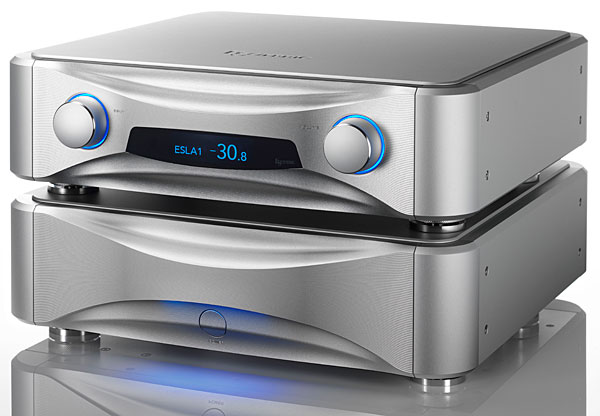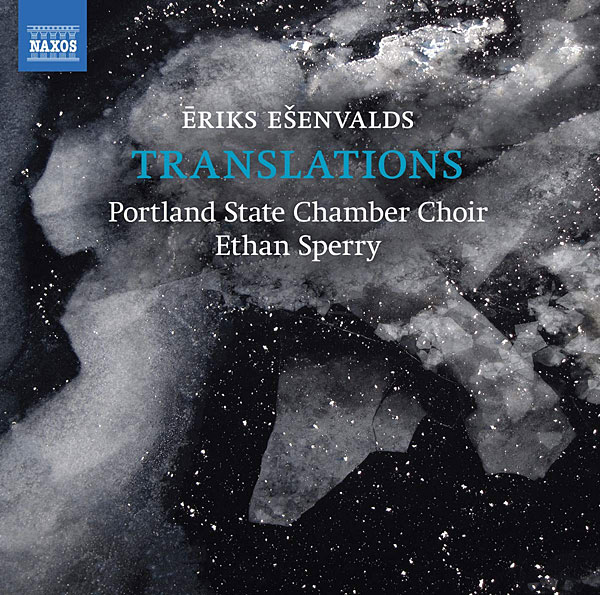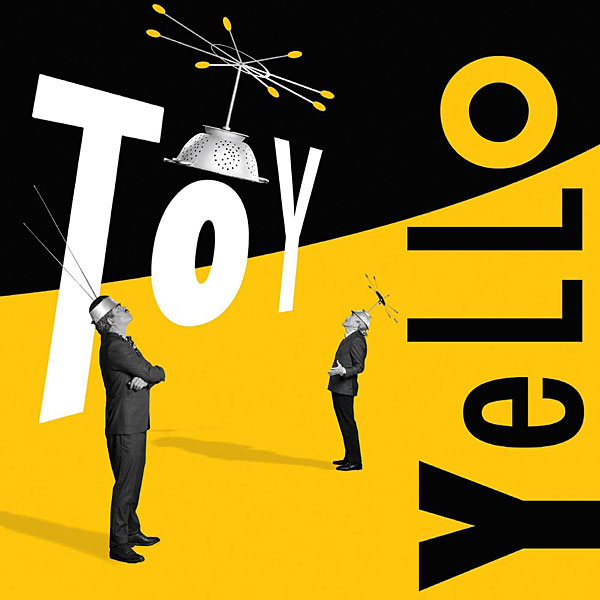| Columns Retired Columns & Blogs |
Give me a break, $45K for a preamp and only a 3 year warranty. Bryston gives 20 years and Simaudio gives 10 years. Why don't manufacturers show that they have some faith in their products? Oh, I guess I answered my own question.
















































